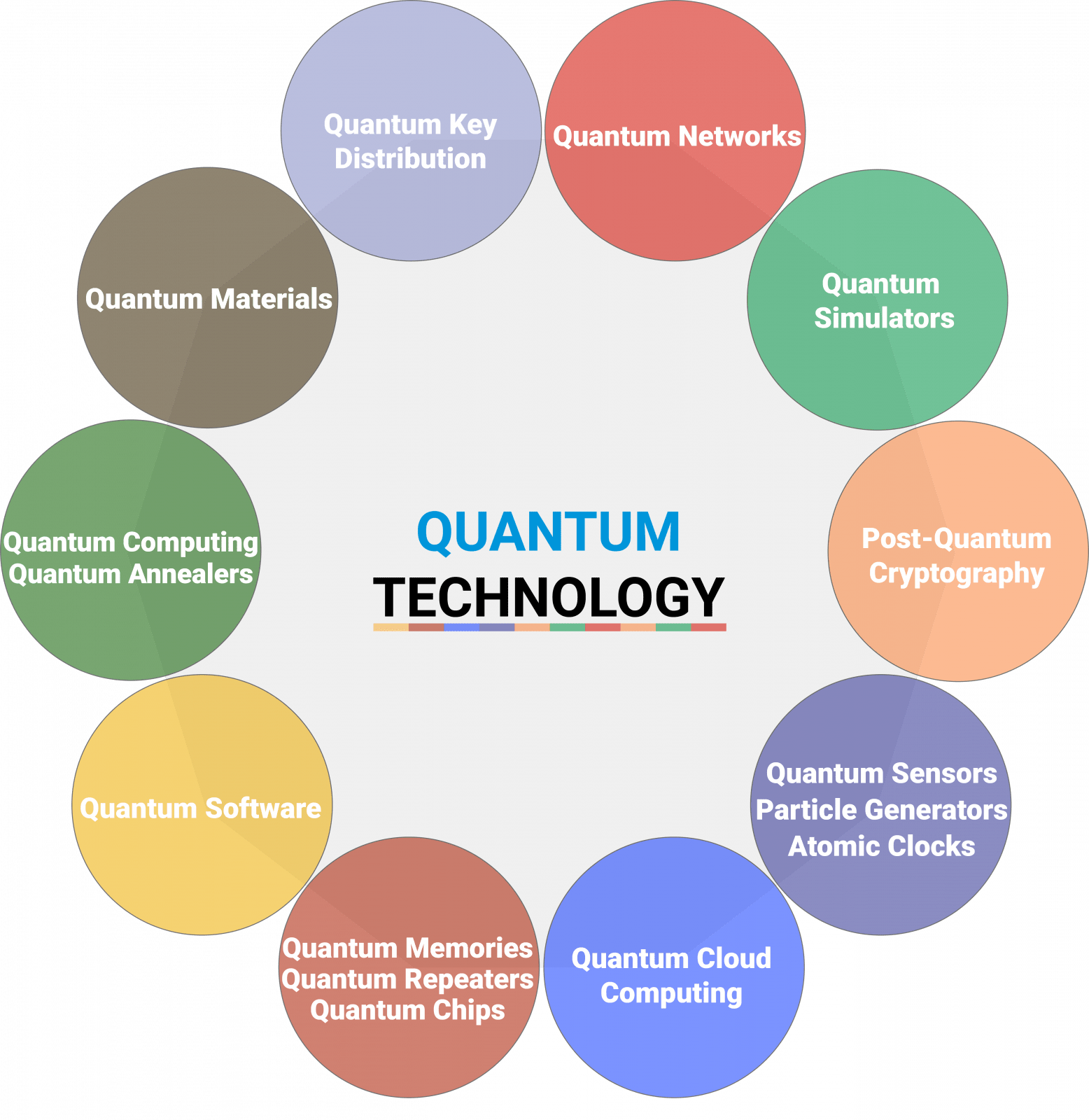Quantum technology stands at the frontier of modern science and engineering, encompassing a broad spectrum of applications and concepts derived from quantum mechanics—the fundamental theory that describes the physical properties of nature at the scale of atoms and subatomic particles. But, what would happen if we could harness the seemingly bizarre principles of quantum mechanics to revolutionize everyday technologies? What challenges lay ahead in this ambitious pursuit?
This inquiry into quantum technology unfolds into three pivotal domains: quantum computing, quantum communication, and quantum sensing, each prominently utilizing the unique principles found in quantum mechanics. As we delve deeper into each category, we will also highlight the transformative potential of these technologies, as well as the inherent challenges that accompany their development.
1. Quantum Computing: Pushing the Boundaries of Processing Power
At the heart of quantum technology lies quantum computing, which promises unparalleled processing capabilities compared to classical computers. Classical bits, the standard units of information, exist in states of either 0 or 1. In contrast, quantum bits, or qubits, can exist simultaneously in multiple states due to superposition. This characteristic potentially allows quantum computers to perform complex calculations at an exponentially faster rate than their classical counterparts.
Moreover, qubits can become entangled, a phenomenon whereby the state of one qubit is intrinsically linked to the state of another, regardless of the distance separating them. This entanglement paves the way for quantum algorithms that could solve problems deemed intractable for classical systems, such as factoring large numbers and simulating quantum physical processes. However, significant challenges arise in the form of error rates and qubit coherence times, which necessitate the development of fault-tolerant quantum systems.
As researchers navigate the quantum landscape, one must ponder: how can we ensure that quantum supremacy—not merely an abstract concept but a tangible reality—becomes a universally accessible resource, rather than a technological luxury for a privileged few?
2. Quantum Communication: Defining the Future of Secure Information Transfer
Next, we encounter quantum communication, a field that leverages quantum mechanics to create secure communication channels that are intrinsically immune to eavesdropping. Quantum key distribution (QKD) epitomizes the core principle whereby information is encoded in the quantum states of particles. When a quantum state is measured, it cannot be replicated without introducing detectable disturbances—this principle serves as the foundation for ensuring secure data transmission.
The potential implementations of quantum communication extend beyond secure messaging. They include enhanced global connectivity through satellite-based QKD systems, creating a network for secure communications across vast distances. However, while the implications are vast, the path to widespread adoption is fraught with obstacles, such as the need for robust infrastructure and the integration of quantum networks with existing communication systems. Additionally, challenges regarding standardization and the potential for technology-driven geopolitical disparities must be addressed.
It invites contemplation: in an era where cybersecurity is paramount, how do we harmonize the relentless pace of technological advancement with ethical considerations and equitable access to transformative quantum communication technologies?
3. Quantum Sensing: Unraveling New Dimensions of Measurement
The third facet of quantum technology, quantum sensing, utilizes the extreme sensitivity of quantum states to probe physical properties with unprecedented precision. This domain finds applications in various fields, including medical imaging, gravitational wave detection, and magnetic field measurements, among others. Techniques such as utilizing squeezed states or entangled particles allow sensors to surpass classical noise limits, thereby offering enhanced measurement capabilities.
For instance, quantum sensors have the potential to revolutionize medical diagnostics and environmental monitoring, providing insights into phenomena that would otherwise remain obscured. Nonetheless, the practical implementation of quantum sensors presents its own challenges, particularly in terms of scalability and miniaturization. Moreover, accessibility remains a crucial consideration in disseminating these advanced techniques across diverse sectors.
Contemplation arises around the ethical implications of employing such potent measurement tools: could the enhanced capabilities of quantum sensing lead us toward unprecedented invasions of privacy, or worse, exacerbate existing inequalities in access to critical technology?
Conclusion: The Horizon of Quantum Technology
The exploration of quantum technology beckons an era of extraordinary advancements, reshaping our understanding of computation, communication, and measurement. Yet, it also culminates in a tapestry woven with ethical dilemmas, accessibility challenges, and societal implications that demand rigorous discourse. As our understanding of quantum mechanics evolves, it is vital to continuously engage with the broader implications of these technologies.
In this rapidly advancing landscape, the question remains: can we, as a society, navigate the frontier of quantum technology responsibly, ensuring that its benefits are equitably shared while mitigating potential risks? The future beckons with promise, yet it requires vigilant stewardship to harness the full potential of quantum phenomena for the betterment of humanity.












